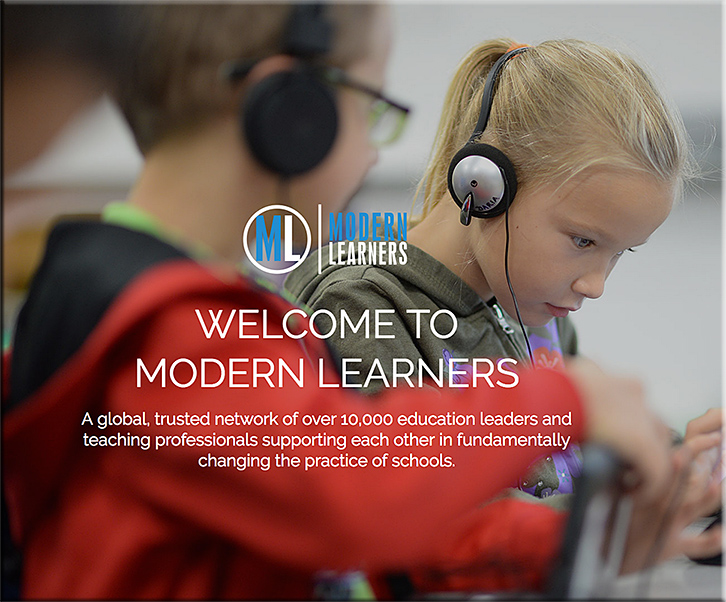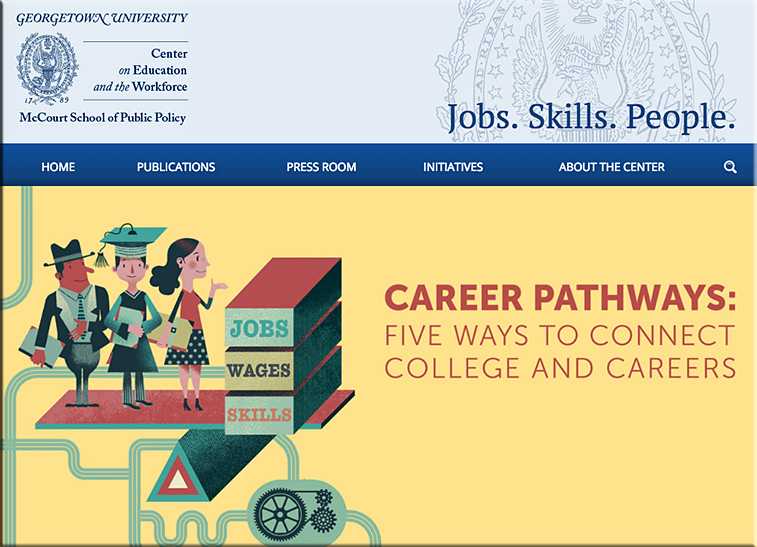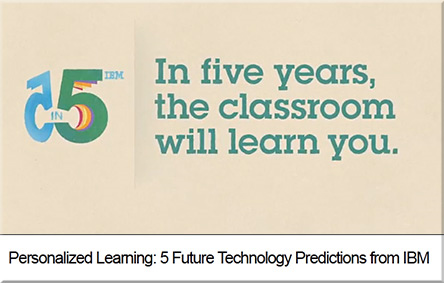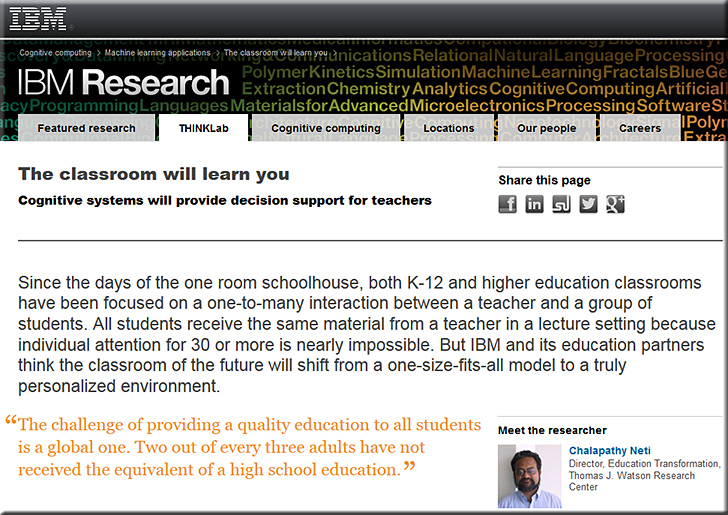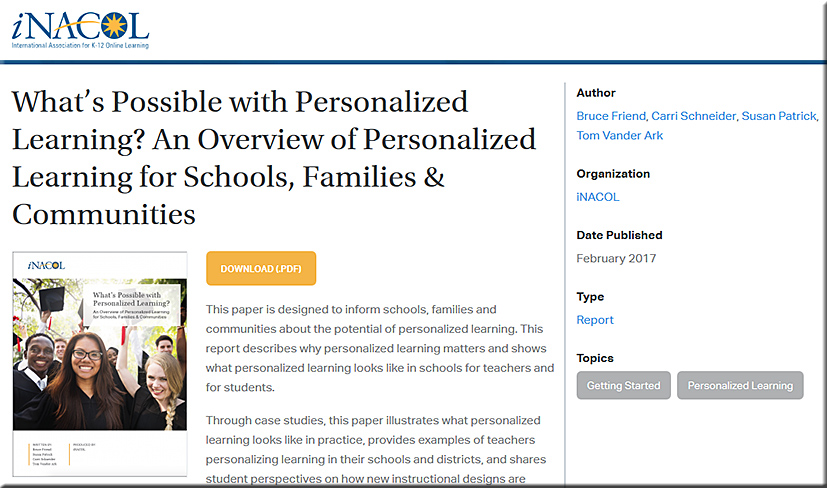Global Human Capital Report 2017 — from the World Economic Forum
Excerpt from the Conclusion section (emphasis DSC):
Technological change and its impact on labour markets calls for a renewed focus on how the world’s human capital is invested in and leveraged for social well-being and economic prosperity for all. Many of today’s education systems are already disconnected from the skills needed to function in today’s labour markets and the exponential rate of technological and economic change is further increasing the gap between education and labour markets. Furthermore, the premise of current education systems is on developing cognitive skills, yet behavioural and non-cognitive skills that nurture an individual’s capacity to collaborate, innovate, self-direct and problem-solve are increasingly important. Current education systems are also time-compressed in a way that may not be suited to current or future labour markets. They force narrow career and expertise decisions in early youth. The divide between formal education and the labour market needs to be overcome, as learning, R&D, knowledge-sharing, retraining and innovation take place simultaneously throughout the work life cycle, regardless of the job, level or industry.
Insert from DSC…again I ask:
“Is is time to back up a major step and practice design thinking on the entire continuum of lifelong learning?”
Education delivery and financing mechanisms have gone through little change over the last decades. In many countries, many youth and children may find their paths constrained depending on the type of education they are able to afford, while others may not have access to even basic literacy and learning. On the other hand, many developed world education systems have made enormous increases in spending—with little explicit return. Early childhood education and teacher quality remain neglected areas in many developed and developing countries, despite their proven impact on learning outcomes. Both areas also suffer from lack of objective, global data.
Generational shifts also necessitate an urgent focus by governments on human capital investments, one that transcends political cycles. Ageing economies will face a historical first, as more and more of their populations cross into the 65 and over age group and their workforces shrink further, necessitating a better integration of youth, female workers, migrants and older workers. Many emerging economies face change of a different kind as a very large cohort of the next generation—one that is more connected and globalized than ever before—enters the workforce with very different aspirations, expectations and worldviews than their predecessors.
The expansion of the digital economy is accelerating the presence of a new kind of productive entity, somewhere between human capital and physical capital—robots and intelligent algorithms. As a result, some experts expect a potential reduction in the use of human labour as part of economic value creation while others expect a restructuring of the work done by people across economies but stable or growing overall levels of employment.19 Yet others have cautioned of the risks to economic productivity of technological reticence at the cost of realizing the raw potential of new technological advancements unfettered.20 While in the immediate term the link between work and livelihoods remains a basic feature of our societies, the uncertainty around the shifts underway poses fundamental questions about the long-term future structure of economies, societies and work. However, for broad-based transition and successful adaptation towards any one of these or other long-term futures, strategic and deep investments in human capital will be even more—not less—important than before.









